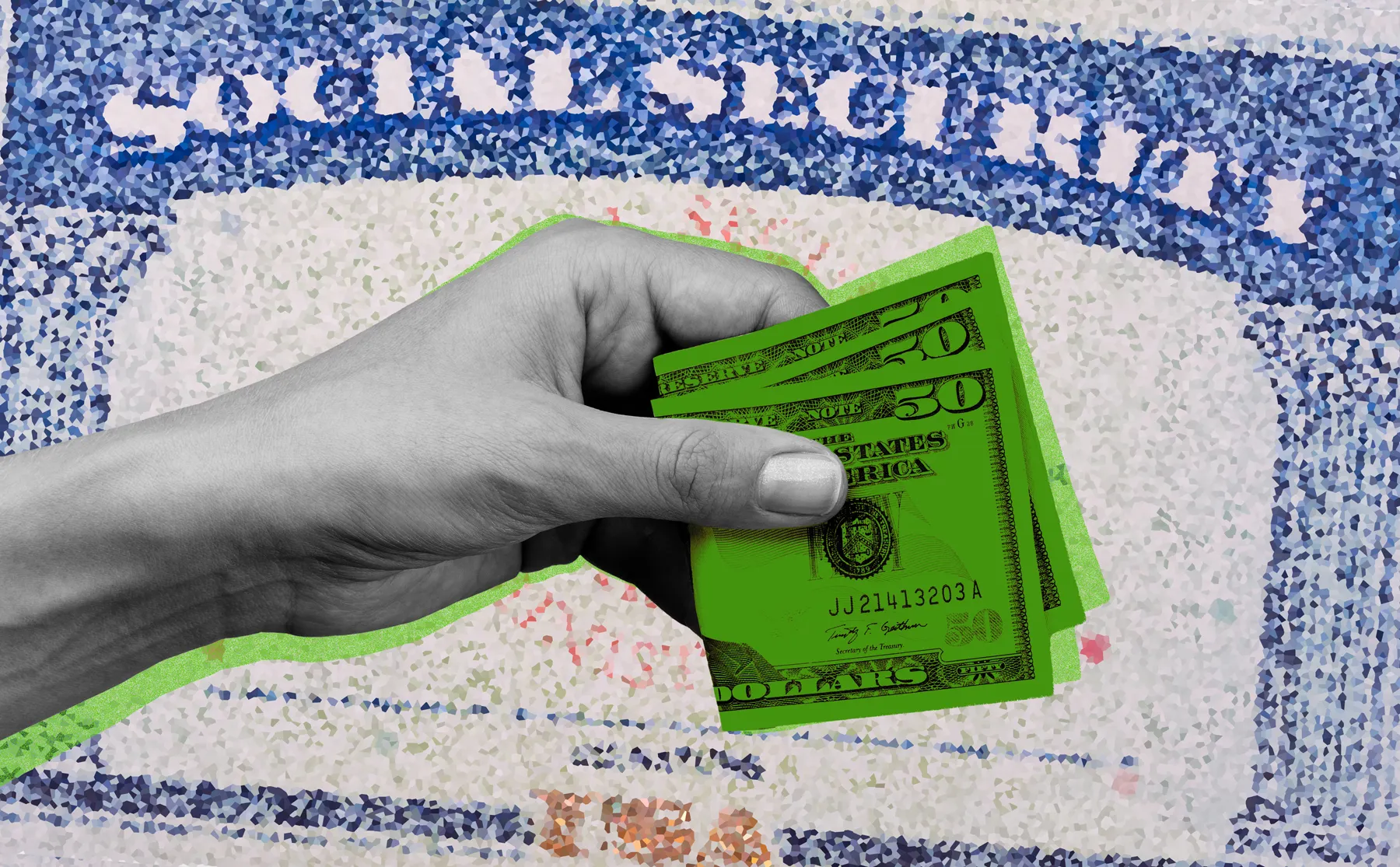Inside the Mysterious World of Credit Cards (with Patrick McKenzie)

Credit cards play a crucial role in the modern world, orchestrating complex transactions every time a consumer swipes their card to make a purchase. This process involves multiple parties, including the bank, the card-accepting business, and the cardholder. Patrick McKenzie, an expert in tech and finance, explains the economics behind credit cards and how they generate revenue for banks.
One of the primary ways credit cards make money is through interchange fees. These fees are paid by the businesses that accept credit card payments for using the credit card network. The interchange fee is a crucial source of revenue for banks and helps cover the costs associated with processing transactions.
In addition to interchange fees, credit cards also serve as a source of consumer lending. Many consumers use credit cards as a means of borrowing money, with banks earning interest on the outstanding balances. This interest income is a significant revenue stream for banks and allows them to make a profit on the funds they lend out.
Other ways credit cards generate revenue include annual fees, late payment fees, and marketing partnerships. Annual fees are charged to cardholders for the privilege of using the card, while late payment fees are imposed on customers who fail to make their payments on time. Marketing partnerships involve businesses paying banks to promote their products or services to cardholders, often in the form of cashback rewards or discounts.
Regulations on credit card interest rates vary by country and state, with some jurisdictions capping the maximum interest rates that banks can charge. While this may benefit consumers by reducing the cost of borrowing, it can also make it harder for some individuals to qualify for a credit card. Those with poor credit histories or low incomes may struggle to access credit cards under stricter usury laws.
Overall, credit cards play a vital role in the economy by facilitating transactions and providing consumers with access to credit. Understanding the economics behind credit cards can help consumers make informed decisions about their finances and improve their financial literacy. Access to credit is a critical component of financial stability for individuals and families. Without access to credit, people may be forced to turn to alternative financial services such as payday loans, which often come with exorbitant interest rates and unfavorable terms. This can lead to a cycle of debt that is difficult to break free from.
Additionally, individuals may resort to non-market mechanisms to access credit, such as borrowing from friends and family or neglecting essential bills like electricity payments. These choices can have long-lasting consequences and further exacerbate financial strain.
It is important to recognize the systemic importance of access to credit and the role it plays in the financial system. While there are regulations in place to protect consumers from predatory practices, it is crucial to consider the impact of these regulations on individuals who may be at the margin. Limiting interest rates, for example, may have unintended consequences for those who rely on credit as a financial lifeline.
One aspect of credit that is often misunderstood is interchange fees, which are the fees paid by merchants for processing credit card transactions. These fees can vary depending on the type of card and the transaction size, and are often negotiated between financial institutions and businesses. Understanding the complexity of interchange fees and how they impact consumers can help shed light on the broader financial landscape.
In conclusion, access to credit is a fundamental pillar of financial stability, and policymakers and civil society must consider the broader implications of regulations and practices that impact individuals’ ability to access credit. By recognizing the importance of credit and understanding the nuances of financial mechanisms such as interchange fees, we can work towards a more equitable and sustainable financial system for all. When you buy your morning coffee with a credit card, you may not realize the complex web of transactions that occur behind the scenes. In a recent article, the author delves into the world of credit card payments, highlighting the various factors that influence the cost of these transactions for merchants.
One key factor that determines the cost of credit card transactions is the socioeconomic status of the cardholder. As individuals move up in socioeconomic status, their custom becomes more valuable to businesses across the economy. This is because higher-income individuals are more likely to spend more money and make more frequent purchases. As a result, businesses are willing to pay higher interchange fees to accept these more “exclusive” card products.
Credit card companies have capitalized on the spending power of higher-income individuals by offering them more exclusive card products. These premium cards not only incentivize cardholders to spend more but also provide valuable data to merchants about the spending habits of their customers. This data allows businesses to tailor their marketing strategies and product offerings to attract high-income customers.
In the past, merchants had to offer credit directly to customers, keeping ledgers and managing collections themselves. However, credit card issuers have streamlined this process by offering a more efficient and cost-effective solution. By accepting credit card payments, merchants can outsource the risk of non-payment to the issuer, receive funds faster, and access cheap deposits to fund their operations.
Moreover, credit card transactions provide merchants with a level of financial stability and protection against regional and sectoral risks. Unlike retailers who rely on expensive working capital and have limited equity, businesses that accept credit cards can diversify their risk and access capital more easily.
Overall, credit card transactions have revolutionized the way businesses process payments and manage their finances. By understanding the complex interplay of factors that influence the cost of credit card transactions, merchants can leverage this payment method to attract high-income customers and streamline their operations. From faster payment processing to reduced credit risk, credit card transactions offer a range of benefits that make them an attractive option for businesses in today’s economy. Credit card companies provide a range of services beyond just facilitating transactions. They offer risk transfer, convenience, marketing, and customer service. The fees associated with credit card transactions are a reflection of these services and the costs involved in providing them.
For businesses, the interchange fee of 2.2-2.3% and a fixed charge can vary based on factors such as industry, margins, and negotiating power. Businesses with larger margins may have more negotiating power with banks and be able to secure better rates. The fixed cost is not necessarily a reflection of the underlying cost of processing transactions but rather a part of the overall pricing model.
Credit card transactions are a complex bundle of services that include risk management, customer support, and convenience features. Some of these services are directly priced and visible on statements, while others are included in the overall package without a specific charge. For example, credit card companies provide 24/7 customer support for situations like lost or stolen cards, ensuring that customers can always access assistance when needed.
Overall, the fees associated with credit card transactions reflect the value provided by credit card companies and the costs involved in delivering these services. Businesses and consumers benefit from the convenience and security of credit card transactions, even if there are associated fees. The ability to access credit and financial services is an important aspect of financial inclusion and economic participation for individuals and businesses alike. Have you ever found yourself in a situation where you needed a credit card urgently, but your bank is miles away? Well, fear not, because in today’s world, getting a credit card overnighted to you is not only possible but often offered as a courtesy.
Whether you’re in the heart of central Japan or anywhere else in the world, banks are willing to go the extra mile to ensure that you have access to your credit card when you need it. While some places may charge a small fee for expedited shipping, many will waive it if you ask nicely.
But have you ever wondered what pays for the person who is awake at 2:00 a.m in the morning, ready to overnight your credit card? The answer lies in the broader revenues generated by the credit card business. The convenience and flexibility offered to customers come at a cost, but it is a cost that most banks are willing to absorb in order to provide exceptional service.
Now, let’s talk about a scenario that no one wants to experience: having your credit card stolen. In the event that your credit card is lost or stolen, you may be relieved to know that your liability is capped. In the United States, Regulation E sets a $50 cap on your out-of-pocket expenses if you report the loss in a timely manner. However, most banks waive this deductible as a marketing decision, so your actual costs are likely to be zero.
When a fraudulent transaction occurs using your credit card, the bank will initiate a chargeback, shifting the risk to the card-accepting business. While banks do bear some forms of fraud risk, they do not bear the risk of fraudulent credit card usage. This means that they may not invest as heavily in preventing fraudulent transactions as they would if they directly bore the risk. Banks are incentivized to approve more transactions to ensure they get paid, even if it means accepting a certain level of fraud.
Ultimately, the optimal rate of fraud is not zero, and businesses must strike a balance between preventing fraud and maintaining high margins. They may choose to push the friction of marginal transactions to zero to maximize profits, even if it increases the risk of fraud slightly.
In conclusion, the credit card industry is a complex ecosystem where banks, businesses, and customers all play a role in managing risk and ensuring smooth transactions. Overnighting a credit card, dealing with fraud, and balancing risk are all part of the intricate dance that keeps the credit card world spinning.





